Creative activity is a type of learning process where the teacher and pupil are located in the same individual
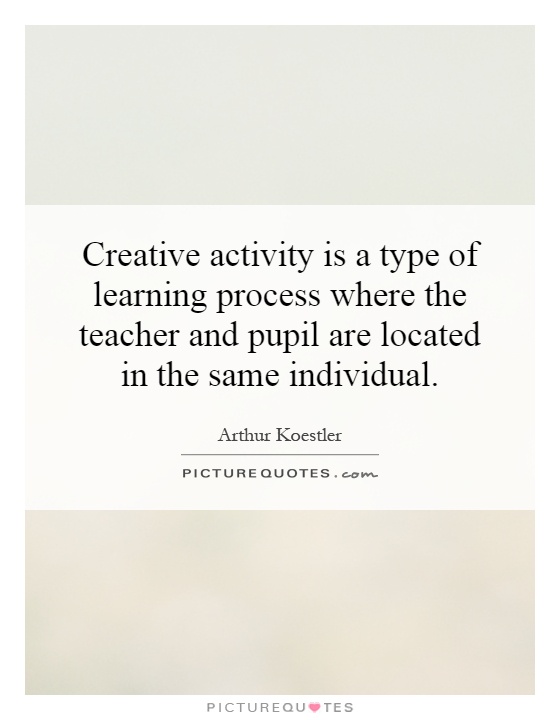
Creative activity is a type of learning process where the teacher and pupil are located in the same individual
Arthur Koestler, a Hungarian-British author and journalist, was a firm believer in the idea that creative activity is a type of learning process where the teacher and pupil are located in the same individual. This concept, known as bisociation, was a central theme in Koestler's work and has had a profound impact on the fields of psychology, creativity, and education.Koestler argued that creativity is not a mysterious or magical process, but rather a result of the brain's ability to make unexpected connections between seemingly unrelated ideas. He believed that these connections are made through the process of bisociation, which involves bringing together two or more different frames of reference to create something new and original.
In his book "The Act of Creation," Koestler explores the idea of bisociation in depth, using examples from art, science, and everyday life to illustrate how creative thinking works. He suggests that the creative process involves a kind of mental leap, where the mind moves from one frame of reference to another in order to generate new ideas and insights.
Koestler's concept of bisociation has important implications for education, as it suggests that creativity can be cultivated and nurtured through the development of certain cognitive skills. By encouraging students to make connections between different areas of knowledge and to think outside the box, teachers can help them become more creative thinkers and problem solvers.
Furthermore, Koestler's ideas about creativity have been influential in the field of psychology, particularly in the study of how the brain processes information and generates new ideas. Researchers have found that bisociation plays a key role in the creative process, and have used Koestler's work to develop new theories and models of creativity.

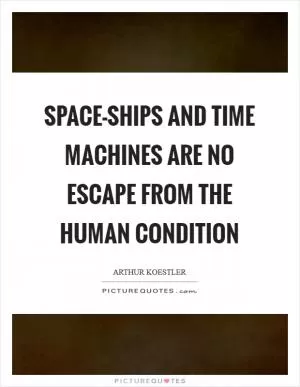
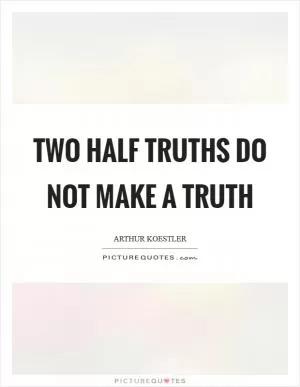
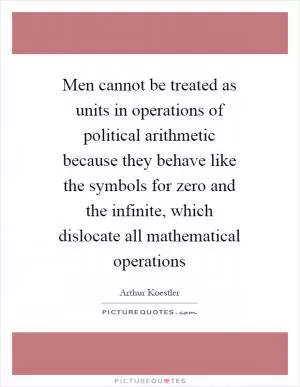
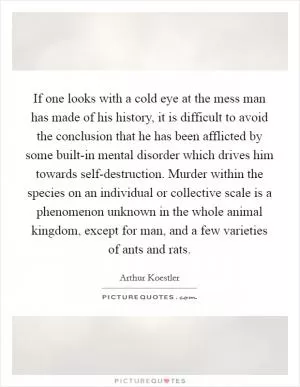
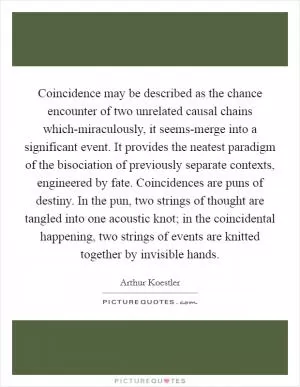
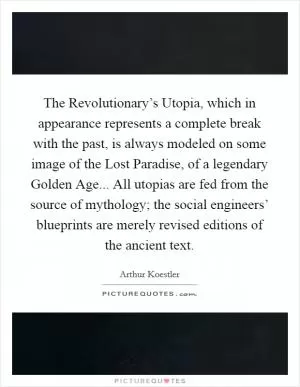

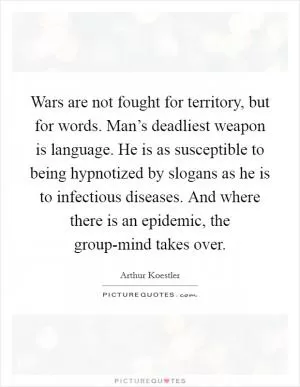
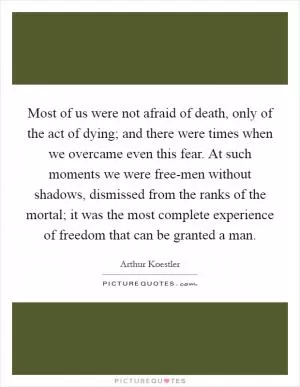
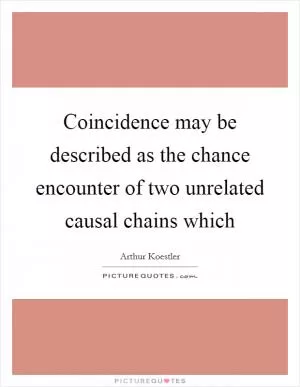
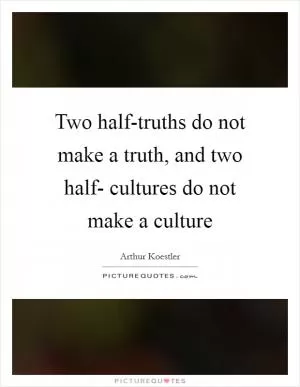
 Friendship Quotes
Friendship Quotes Love Quotes
Love Quotes Life Quotes
Life Quotes Funny Quotes
Funny Quotes Motivational Quotes
Motivational Quotes Inspirational Quotes
Inspirational Quotes